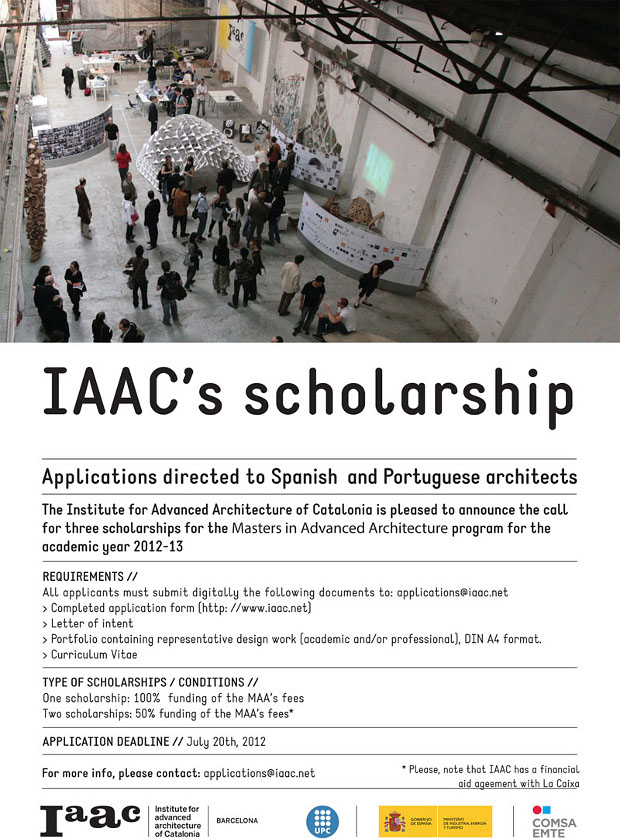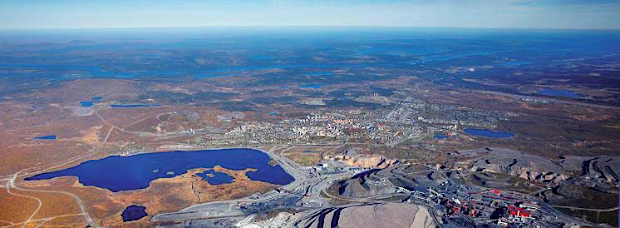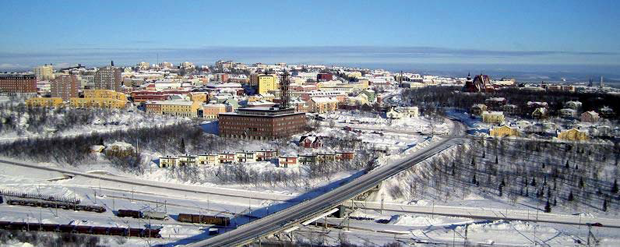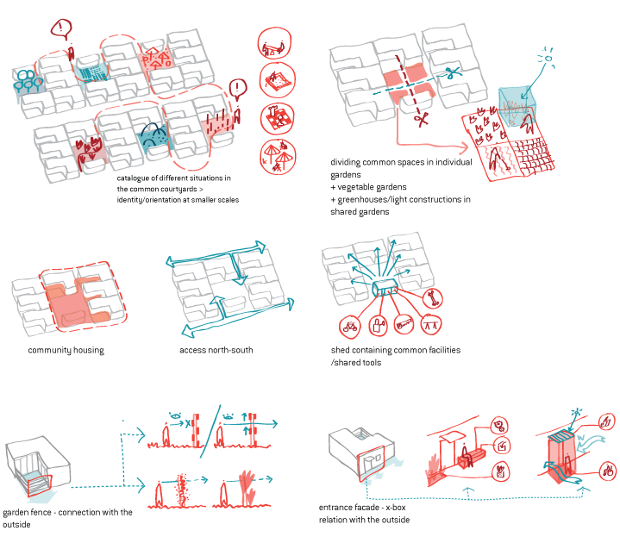Review of the paper “Urban land teleconnections” by Karen C. Seto, Anette Reenberg, Christopher G. Boone, Michail Fragkias, Dagmar Haase, Tobias Langanke, Peter Marcotullio, Darla K. Munroe, Branislav Olah and David Simon.
Recently a research paper was published in Proceedings of the National Academy of Sciences (PNAS) concerning the conceptual development of global sustainability, in relation to both urbanization (urban sustainability) and land change. The paper argues that land change and urbanization dynamics are explicitly connected, and suggests “urban land teleconnections” as a new framework for dealing with global sustainability.

“We propose urban land teleconnections as a process-based framework for integrating urbanization and land change, for revealing their linkages and pathways across space and time, and for identifying potential intervention points for sustainability. Through the lens of urban land teleconnections, new and surprising diverse urban forms and processes, such as periurbanization, can be better understood and foreseen. The urban land teleconnections concept could also be useful to the wider research community to anticipate implications for global land resource use.”
More and more people live in the cities. The increasing urbanization is raising many discussions about sustainable planning, and this recently published paper feeds the debate with new inputs. Encouraging a reconsideration of the terms on which we base sustainable policies, the research is widening again our perception of the relationship between the urban field and land. The term “teleconnections” refers to climate science, where it is understood that events have impact over large geographic areas – when the waters of the North Atlantic go through a warm phase, fire incidents increase in the western United States. Just such urban land teleconnections explain the interrelation and invisible bond between urban processes and land use processes, which we must consider when planning our sustainable future. The key to develop strong sustainable planning, is to stop thinking of urban sustainability and land use sustainability as limited to local scale and place, and instead start to take into account the processes and global connections merging urbanization and land use.
“The virtual shrinking of distances between places, strengthening connectivity between distant locations, and growing separation between places of consumption and production are emerging topics in “telecoupled” human–natural systems and tropical teleconnections of deforestation […] In an increasingly urban world, characterized by global flows of commodities, capital, and people, where land that provides goods and ecosystems services for people is becoming more segregated from the space of habitation, teleconnections captures links between distant processes and places, and can be used to explore consequences of urbanization and land changes at great distances from points of origin that would otherwise go unrecognized.”

Urbanization and land change have so far been treated as parallel processes. Apparently this has limited the progress of the concept of sustainability. The paper states that a simultaneously treating of urban sustainability and land change as interwoven, non-separable processes is the keystone to advance in developing sustainability:
“The magnitude and accelerating rate of contemporary urbanization are reshaping land use locally and globally in ways that require a reexamination of land change and urban sustainability. Worldwide, urban populations are projected to increase by almost 3 billion by 2050 and the total global urban land area by more than 1.5 million square kilometers—an area three times the size of Spain—by 2030. Urban economies currently generate more than 90% of global gross value added, meaning few rural systems are unaffected by urbanization (3). Given such trends, we must reconsider how we conceptualize the many connections and feedbacks between urbanization and land change processes.”
The paper is confronting three understandings of the urban – land relationship that so far have been key themes in sustainability policies.
One is the Land Classification Systems, on which the paper states:
“By definition, because urban is human-dominated, urban areas “appropriate” natural ecosystems, ecosystem services, and natural capital. By this logic, urban cannot be natural capital. However, such a conceptualization contradicts underlying principles of urban ecology as well as sustainability.”
The second theme is Place-Based Definitions:
“The place-based conceptualization enforces the idea that urban sustainability requires urban self-sufficiency. […] However, decisions and behaviors that are local or even regional in scope do not account for critical consequences of teleconnections, which may undermine sustainability efforts at great distances or influence the overall sustainability for the entire system. Eating locally might undermine livelihoods of distant farmers who may be using less energy-intensive methods to produce food than local growers. Put another way, sustainability initiatives often focus on the importance of place while ignoring the processes of urbanization that may have farreaching effects on distant places and people. These processes can generate uneven and undesirable outcomes that may be undetected when focusing solely on place.”
On the third theme, Land Transitions, the paper argues:
“[…] Although not always explicit, a common assumption is that land transitions in Europe and North America can help understand future trends in Asia, South America, and Africa. Such assumptions disregard the realities that cultural differences influence conceptions, codifications, and uses of space and land, and that use of distant land to meet demand for local populations can significantly alter the pathways of change. As a result, there is no universal or linear transition process; phases identified in one context can be shortened, prolonged, overlapped, or even omitted or transgressed elsewhere.”

Urban Land Teleconnections is suggested as a new key theme, a framework to address sustainability. In an immediate invisible network, urbanization and land change are constantly in a process of affecting one another. The term itself indicates that the concept of sustainable urbanization and sustainable land use has merged. Conceptualization of sustainability should contain both processes at once.
“By using an urban land teleconnections framework, we move away from conceptualizing urban sustainability and land as attributes specific only to a place, to begin to link dynamic global processes to their spatial “imprint”.”
This means that changes in nonurban places affects urban places and that change in urban space affects nonurban space. In this way, urban and land relations are interwoven in a global network wherein neither the themes Land Classification Systems, Place-Based Definitions nor Land Transitions can stand alone to define the framework for developing sustainable concepts.
“ […] we can study multiple urban regions jointly, rather than trying to aggregate and generalize across many disconnected sets of case studies, and consequently provide a more organized way to integrate knowledge globally. A more holistic analysis of the underlying and spatial effects of production, consumption, and disposal will enable development of policies that promote viable and fair solutions, and ultimately global sustainability.”
Further reading: Urban Land Teleconnections paper – PDF

















 From this encounter, we cooperated together for the competition of Albertslund Syd, an intervention for the renovation of 1.000 courtyard houses in Copenhagen. The team also included other companies and professionals as Wissenberg, Transolar, Lise Gamst, Imagine Envelope, etc. The task was to develop the best suggestion for the renovation of the houses and to provide ideas for the urban architectural vision for improving Albertslund Syd.
From this encounter, we cooperated together for the competition of Albertslund Syd, an intervention for the renovation of 1.000 courtyard houses in Copenhagen. The team also included other companies and professionals as Wissenberg, Transolar, Lise Gamst, Imagine Envelope, etc. The task was to develop the best suggestion for the renovation of the houses and to provide ideas for the urban architectural vision for improving Albertslund Syd.




